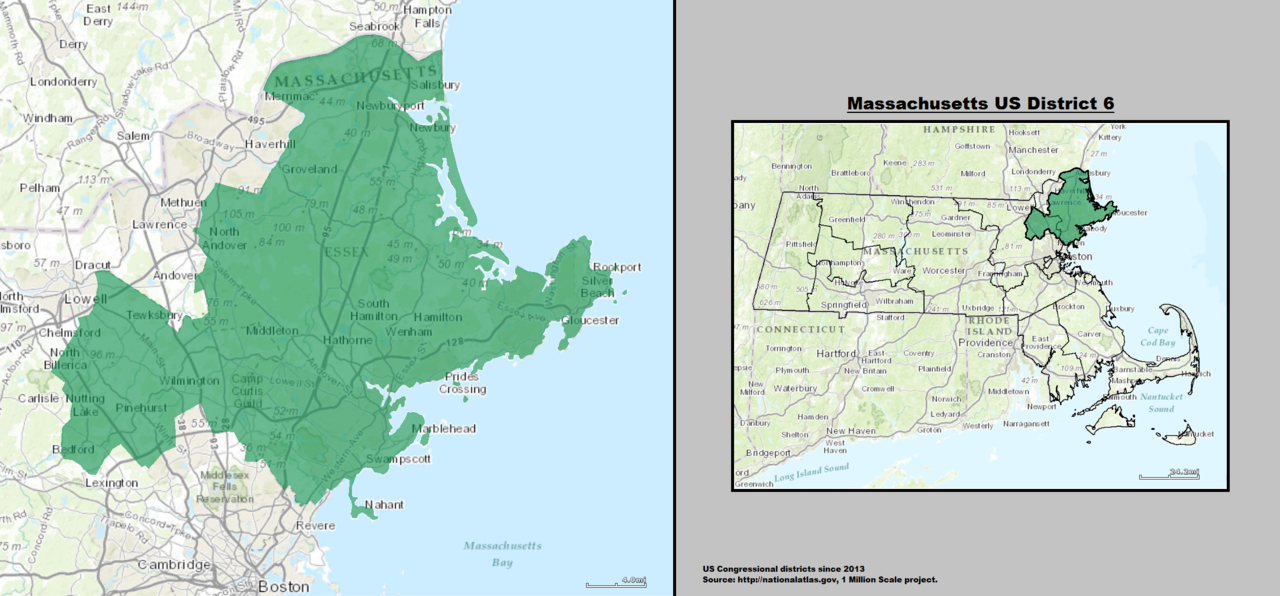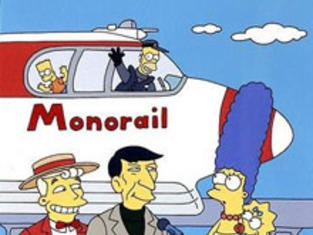Re: North-South Rail Link
As time goes by, I'm persuaded that we should have a 2- track CR tube with stops only at NS & SS and try to get a second Red Line subway tube on the other (which could have a Central Station.
It depends on how you envision mainline rail service going forward. It's not enough to build a game-changing structure if the game doesn't change with it. That's the bitter lesson of SEPTA Center City 30 years later. SEPTA built the tunnel then forgot to change. It wasted 3 decades using that build to justify faulty-logic service cuts elsewhere on the system, launch a bunch of quixotic labor battles (which they proved really bad at) by pretending that they're more rapid transit-lite than mainline RR, and existentially squabbling amongst themselves as to whether it was their destiny to be city-level transit agency, county-level transit agency, or regional-level transit agency. To this day their frequencies are nothing special for commuter rail and have stayed flat as their rush-hour trains explode from the seams unable to keep up with demand. Physical plant systemwide is decrepit, accessibility nonexistent. Nice stop spacing, and everyone else wishes they could have an all-electric/all-EMU system...but Center City is still operating
under capacity because SEPTA never made an attempt to stop being a shitty public service provider once it built its game-changer.
So what does a properly Link'd-up Purple Line with exponentially higher service capacity look like for setting the table on the next 50 years...and not wasting a couple generations commuters with status quo like SEPTA?
How far out do we go seeking totally car-free commutes vs. short-distance or car-few commutes?
- Is it along the mainlines, with intricate service layering of hyper-frequent locals inside of 128, all-day half-hourlies to 495 and the secondary cities with their own RTA bus districts, and longer distance super-expesses at rush?
- Is it not along the branchlines, where we still expect a distinct peak/off-peak divide to prevail with train schedules and connecting buses?
- Do we still expect significant park-and-ride culture, especially for branchliners' who'll be expected to drive further off-peak to catch a vastly more frequent mainline schedule?
Or...
- Do we need more blanket coverage in the form of more branchline schedules, more RTA bus coverage in the 128-to-495 'tweener suburbs, and possibly more branchlines period?
- Do we need this because we're that concerned about a looming 'peak car' divide in the future economic sustainability of semi-urban vs. suburban/exurban places? How afraid are we of a potentially destabilizing "big boxes and subdivisions" crash? If semi-urban 128 and suburban/exurban 495 start diverging in different directions, what concerns do we have about a rising discrepancy in cost of living and cost of living's impact on mobility?
- Do we see the satellite cities--Worcester, Lowell, Fitchburg, Lawrence, Brockton, etc.--as well as Greater Providence and the New Hampshire Capitol Corridor redefining what Greater Boston really is?...i.e. less "Hub of the Universe" than Eastern New England becoming its own sort of Tri-State Area job market. How does a gradually decreasing directional bias in commutes affect transit distribution...and feeder transit distribution like the RTA's?
What's the role of other transit modes in the makeup of this future system?
- How sharp a divide do we see in the rapid transit and inner bus service area vs. the "Hub-bahn" and outer feeder bus service area?
- What linear (not just radial/circulator) rapid transit builds get necessitated by the choices we make in how mainline rail service gets run? For example, we know that hard capacity caps will force the Needham Line to get expunged to Orange + Green Line halves sooner or later, probably with Amtrak beating NSRL to the punch by forcing the issue. But can the capacity-constrained inner Western Route play "Hub-bahn" mix-and-match with a southside pairing, or is it mainline rail's forever square-peg malingerer far better off recast as Orange Line-Reading.
- What demand gaps that mainline rail can't fill get created by supersizing mainline rail? One that sticks out immediately like a sore thumb is at the 10 o'clock position on 128 in Lexington. Super-sized mainline transit to Waltham and Woburn saturating the growth on that quadrant of 128 suburbs puts a lot of pressure on that unbuilt Red Line-Hanscom extension to start reaching out from Alewife. Pressure increases, not decreases on some of these linear RT extensions in the wake of "Hub-bahn".
- How do the other decisions about managing suburb vs. exurb, mainline vs. branchline transit accessibility influence the divide between rapid transit and mainline rail? If, for example, there's an acute 'peak car'-influenced need to step up frequencies to 495 and the branches and put emphasis on building out the RTA's...stop spacing on the mainlines starts to have a bigger impact than terminal capacity on how much you can run. Is it better to shift more of that hyper-local demand over to rapid transit by building Blue from Lynn to Salem, Green (or HRT replacement) from Medford to Woburn, Green from Porter to Waltham, etc.? Does scraping all but the most critical transfer + bus terminal stops (e.g. the Lynns, Porters, Quincy Ctr.'s) off mainline rail pull places further afield in tighter orbit around Boston in a future era where we may need to put more emphasis on that?
- If it does end up better to shift more local demand to rapid transit, should we put more study consideration on doing a 2 RR x 2 RT track side-by-side build in the NSRL? No clue, because these are really far-reaching decisions with too many possibilities to rank pros/cons head-to-head. But it'll almost certainly going to be worth our while to do a detailed scoping study with that as one of the possible (if not likely) build configurations, just for the exercise in wrapping brain around some real numbers. Numbers that can in turn inform other important related and quasi-related decisions.
What is the true influence of intercity travel here? Politics keeps spinning this as a "commuter rail" project because the feds don't want to be telegraphing funding commitments, but have we thought enough about Amtrak's place on the pecking order?
- Maine and New Hampshire are in economically precarious spots. End-stage collapse of what was left of their native manufacturing industry (such as the paper mills) is rapidly de-populating all of their rural counties. Explosively growing Greater Portland carries the singular burden of subsidizing the entire rest of Maine on its back...a "donor state"/"welfare state" revenue vs. expenditure divide wholly inside of one very small state. New Hampshire faces a slightly less-stark version of this with the cities of Hillsborough, Merrimack, and Rockingham Counties carrying everything else like deadweight. And this is quite likely a century-level thing where the cities in both these states have to underwrite all else...or else "all else" just gets abandoned to the weeds. It leaves the whole house of cards uniquely vulnerable to any economic downtown or recession cycle in the cities.
- You can make a strong argument since this is a long-term structural problem, that we're understating the economic importance of increased intercity service. Not only bringing the NH and ME cities closer into orbit with pan-Greater Boston for greater economic security, but also opening them up to easy mobility up and down the NEC. Northeast Regionals running Virginia-style split schedules to Portland and Concord put the Northern NE cities in easy reach of Southern New England, NYC, Philly, Baltimore, D.C. They get connected to the megalopolis, start sharing more of the spoils of the megalopolis. And these Northern NE cities that have to carry their whole states' economies on their backs need all the full-pipe access they can get to the investment riches of the East Coast megalopolis.
- How much does this influence the decisions about layering service from inside-128, to inside-495, to the intrastate cities, to across the state line? And the division of scope + labor between "Hub-bahn" and rapid transit?
To say this is big-picture is an understatement. We're initiating a conversation in 2016 about something that won't be built until earliest 2035. Something that requires so much dependent work electrifying, scaling up the performance of the system, building downtown rapid transit relievers to distribute the crush NSRL loads hitting the terminal district transfers, and so on that the "build" has no true beginning or end. Service ceiling ends up more about the follow-through and how constant the push is for systemic improvements than just opening the tunnel. Opening the tunnel is the easy part; SEPTA did that without ever learning to give a crap. Full realization of the benefits aren't for the ribbon-cutting day, but post-2050 when all the systemic scale and follow-through has been applied to its fullest. Far enough along that it beckons serious thought as early as today at existential questions like "What will our post-sprawl suburbs look like?"



